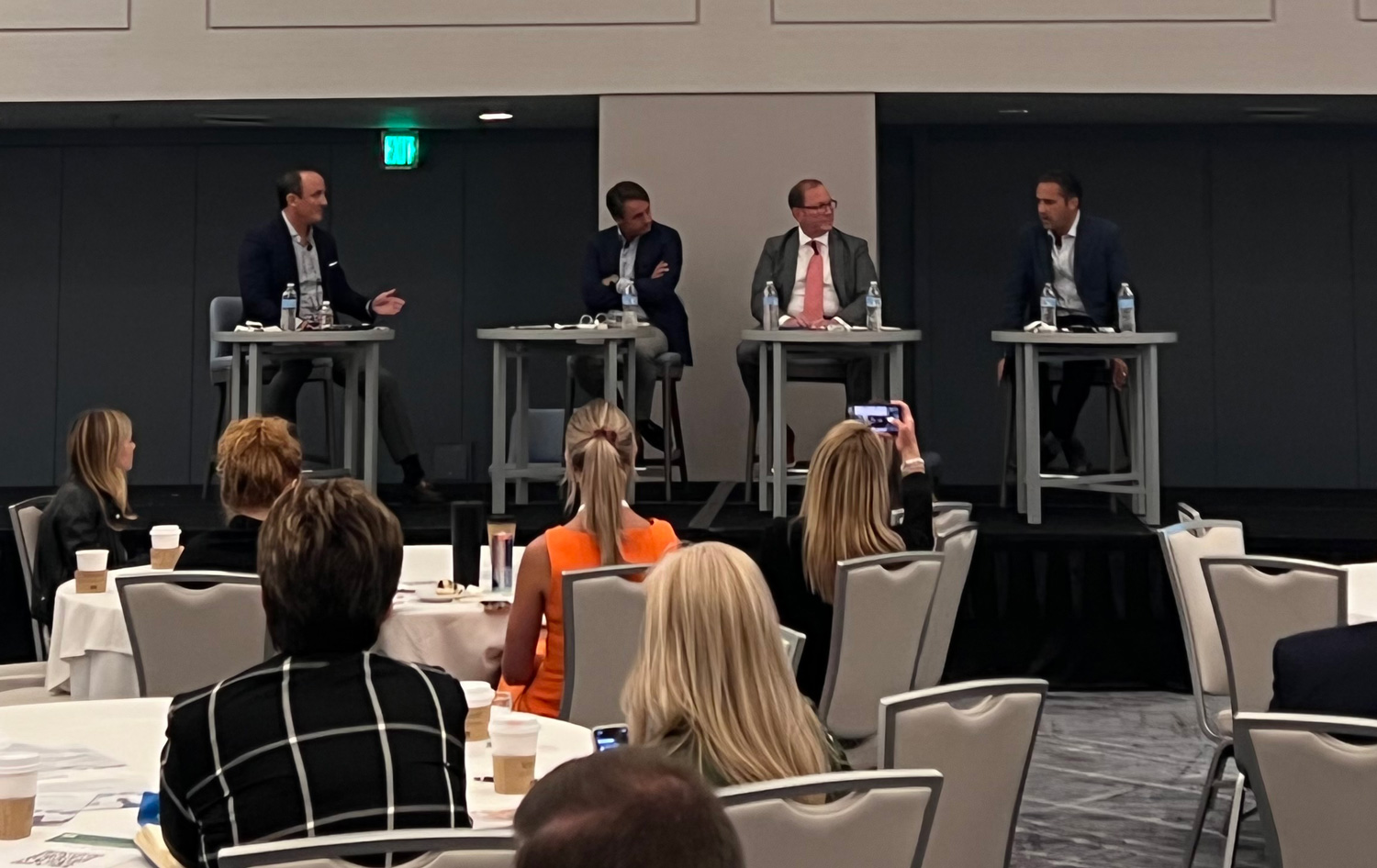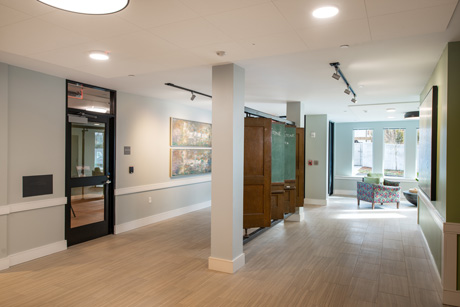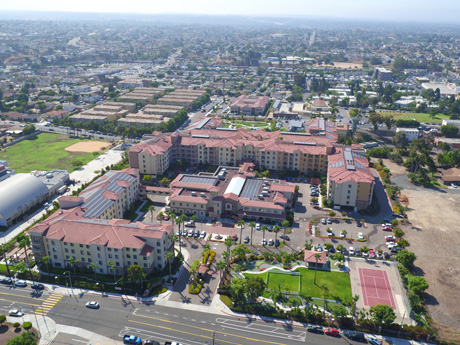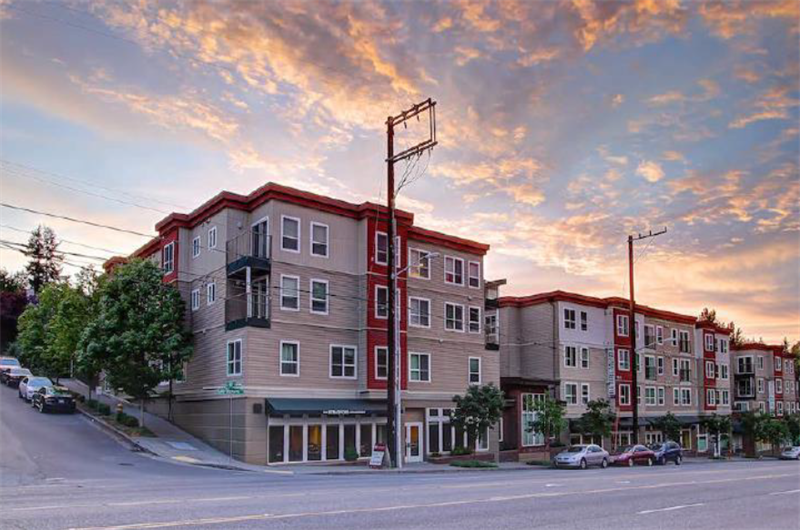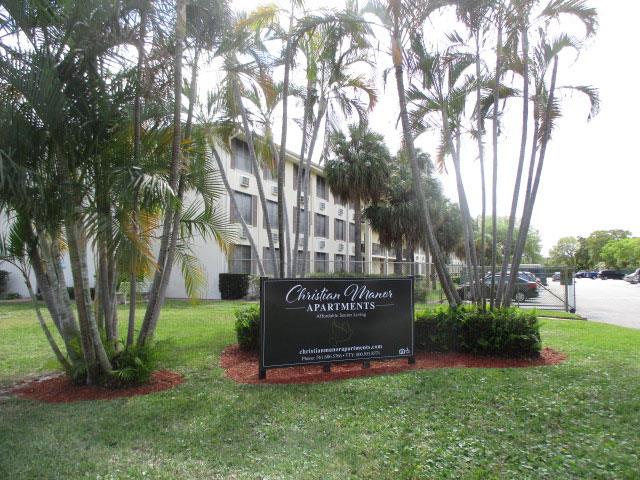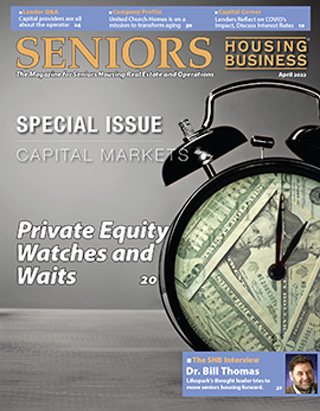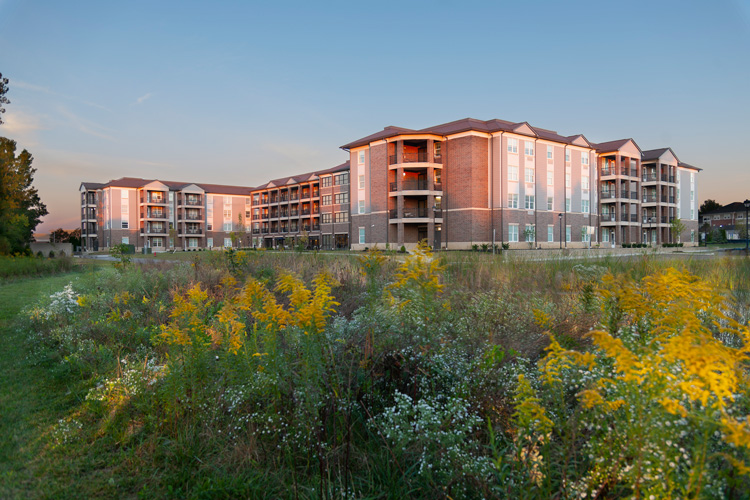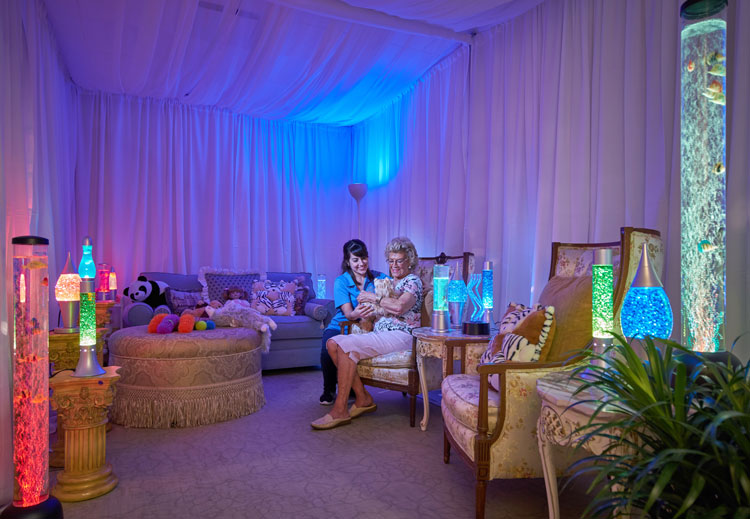By Matt Valley The pandemic raised the profile of the active adult sector, which anecdotally experienced healthy rent growth and stable occupancy during the health crisis due to “sticky tenants” who tend to stay anywhere from three to seven years. What’s more, the sector hasn’t had to contend with the workforce challenges facing the more operationally intensive skilled nursing and private-pay seniors housing segments. Despite that positive storyline, arranging financing for active adult properties remains a tall order, said Ari Adlerstein, senior managing director at Meridian Capital Group and head …
From The Magazine
Creative projects tackle many of the biggest trends in seniors housing, such as multigenerational living, affordability, downtown locations and walkable neighborhood amenities. By Jeff Shaw Adaptive reuse projects are a tricky proposition for seniors housing developments, with a long list of both pros and cons. On the positive side, a historic building that is valued in the community may find new life. Historic tax credits become available to help a project pencil out and increasing construction materials costs are mitigated by reusing an existing structure. Additionally, by reusing an existing …
Regional owners and operators are enjoying a goldilocks moment as local hands-on management gains favor in the wake of the pandemic. By Jane Adler Regional companies may have found their sweet spot. Last October, the real estate investment trust Ventas (NYSE: VTR) announced that it would transition operations of 90 of its owned senior living communities from Eclipse Senior Living to eight regional operators. Chicago-based Ventas said in a statement at the time that the communities had been adversely affected by the COVID-19 pandemic and would be best positioned for …
Bridge lending spikes as owners and operators look for short-term solutions coming out of the pandemic, which could portend an increase in permanent and agency loans. By Jeff Shaw Although senior living occupancies remain low and have been slow to recover in the wake of the COVID-19 pandemic, many owners and operators are looking to execute long-term business plans. Whether for renovations, expansions or simply operating capital to ride out the pandemic’s long-term effects, borrowers need bridge loans to achieve this goal. Average private-pay seniors housing occupancy increased 20 basis …
Mounting financial pressures on operators, combined with rising interest rates, leads to protracted transaction process. By Matt Valley A significant drop-off in the production of HUD 232/223(f) loans — popular with borrowers acquiring or refinancing skilled nursing, assisted living and memory care facilities — has lowered expectations for overall deal volume in the HUD LEAN Section 232 mortgage insurance program for fiscal year (FY) 2022. The consensus among HUD lenders is that the total dollar amount in annual loan closings will fall short of the $3.9 billion notched in FY …
Although these funds collectively have raised billions of dollars, they are in no hurry to spend the capital amid dicey market conditions. By Bendix Anderson Talk about patient capital. Many private equity funds, flush with hundreds of millions of dollars, are willing to wait and wait for the right deal at the right price before acquiring a seniors housing property or portfolio. At the same time, private equity investors are spending more than ever before to buy or build conventional apartments. They’re even snapping up alternative niche properties — from …
United Church Homes grows to be one of the largest nonprofit providers while keeping true to its century-old roots in compassionate care. By Jeff Shaw At 106 years of age, United Church Homes (UCH) is still trying to operate by its founding mission. The nonprofit organization began as a faith-based ministry responding to the needs of aging members of local congregations in the Toledo area. From a historical perspective, it was a tumultuous time in 1916. Anti-German sentiment during World War I led to discrimination against some of the congregations …
Lenders Reflect on COVID’s Impact, Address Interest Rates During InterFace Seniors Housing West
By Matt Valley Six lending professionals recently gathered on stage at the Omni Los Angeles to participate in a panel discussion that was both a two-year retrospective on COVID-19 and a deep dive into some of today’s hot-button issues affecting borrowers. “It’s been an interesting two years on the debt side, as it has been in other capacities. To me, one of the more interesting parts has been the contraction and subsequent expansion of capital flows in seniors housing debt and how that impacted large banks and small banks,” said …
Operators experiment with new programming and design ideas while redoubling their commitment to traditional person-centered care. By Jane Adler Despite suffering big pandemic-related occupancy losses, the memory care segment is focused on the future as it rebuilds its census. Operators are adopting new technologies and open building designs to advance established person-centered care protocols. The Montessori teaching method, popular for children, is being applied to programs for seniors with memory loss. Virtual reality, circadian lighting and multi-sensory rooms are being used to ease anxiety and boost engagement among residents. Locked …
Today’s seniors and their families demand video streaming and ubiquitous Wi-Fi, and operators need the infrastructure to handle it. By Eric Taub As a new generation of Americans age and begin to move into assisted living, the old tale that the elderly neither understand nor care about technology is falling by the wayside. Today’s assisted living residents are increasingly adept at technology, and they’re bringing their devices with them when they move into their new digs. Tablets, cell phones, laptops and smart TVs, once relegated to younger generations, are being …

